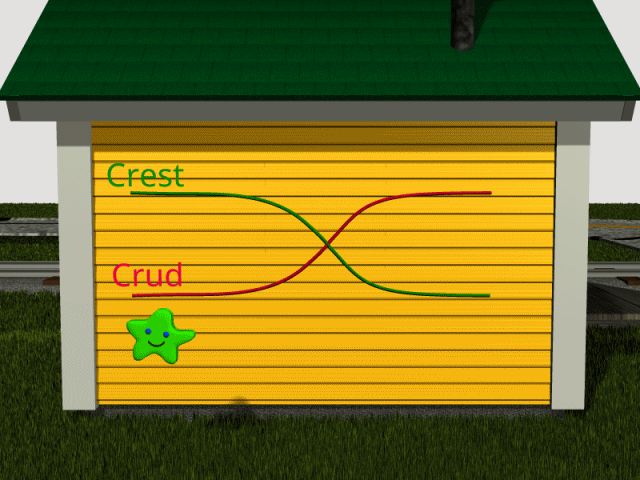Thursday, November 15, 2018
Come on, you can do better
SciAm is trying to get out of the rigid shackles of orthodox fashion, trying to open up to valid philosophy and ACTUAL FACTS once in a while. I'm trying to give them kudos and credit for breaking out of the cage.
This essay on the experience of time does manage to avoid all the standard shackles. No global warming, no die-versity, no TRUMPHITLERKKKALTRIGHTGAB. But it's not good philosophy, and more importantly it skips some obvious empirical observations that could pin the philosophy to real science.
 Similar discharge and charge curves apply to other remembered events, such as exercise or eating or drinking alcohol. If you keep track of these events regularly, your internal senses tell you how much time has elapsed since the last instance. With addictive and habitual experiences like alcohol, you also know how much time will elapse before the next instance, and this knowledge can help you to white-knuckle through the painful time before the next dose.
If an elephant-fish can use discharge and charge curves to find its prey and plan its day, why can't humans use time constants? Well, we do.
Similar discharge and charge curves apply to other remembered events, such as exercise or eating or drinking alcohol. If you keep track of these events regularly, your internal senses tell you how much time has elapsed since the last instance. With addictive and habitual experiences like alcohol, you also know how much time will elapse before the next instance, and this knowledge can help you to white-knuckle through the painful time before the next dose.
If an elephant-fish can use discharge and charge curves to find its prey and plan its day, why can't humans use time constants? Well, we do.
You may claim that, whereas the desert road scenario is static, lacking action, you actually did brush your teeth earlier. So time definitely flowed from then to now; or did it? All you have supporting belief that it did is your memory of having brushed your teeth, which you experience now. All you ever have is the present experiential snapshot. Even the notion of a previous or subsequent snapshot is—insofar as you can know from experience—merely a memory or expectation within the present snapshot. The flow from snapshot to snapshot is a story you tell yourself, irresistibly compelling as it may be. Neuroscience itself suggests that this flow is indeed a cognitive construct.For some memories you may only have the memory itself as evidence. But for his specific example of toothbrushing you have an objective and replicable TIME-CONSTANT. A curve of discharge and charge. You know from experience that the taste of toothpaste declines over the first hour after brushing, and other tastes, including bacteria, increase over the first hour. If you've been MEASURING and CALIBRATING these tastes carefully, and if you KNOW THE BASELINE, you can tell with fair precision how many minutes have passed since the brushing.
 Similar discharge and charge curves apply to other remembered events, such as exercise or eating or drinking alcohol. If you keep track of these events regularly, your internal senses tell you how much time has elapsed since the last instance. With addictive and habitual experiences like alcohol, you also know how much time will elapse before the next instance, and this knowledge can help you to white-knuckle through the painful time before the next dose.
If an elephant-fish can use discharge and charge curves to find its prey and plan its day, why can't humans use time constants? Well, we do.
Similar discharge and charge curves apply to other remembered events, such as exercise or eating or drinking alcohol. If you keep track of these events regularly, your internal senses tell you how much time has elapsed since the last instance. With addictive and habitual experiences like alcohol, you also know how much time will elapse before the next instance, and this knowledge can help you to white-knuckle through the painful time before the next dose.
If an elephant-fish can use discharge and charge curves to find its prey and plan its day, why can't humans use time constants? Well, we do.Labels: Metrology
